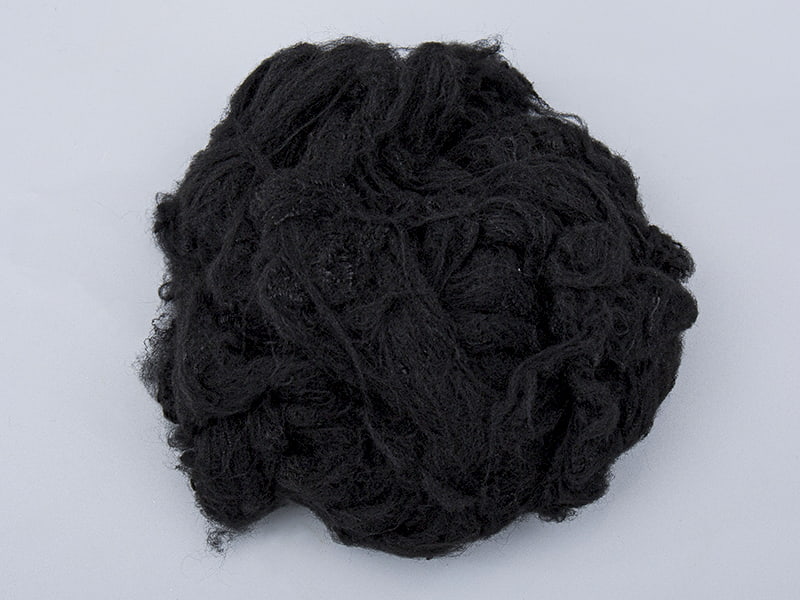 2025.06.12
2025.06.12
 Industry Information
Industry Information
Traditional nonwovens for filtering mainly use synthetic fiber materials such as polypropylene (PP), polyester (PET). Although it has good filtration performance and mechanical strength, it has obvious shortcomings in environmental protection. These petroleum-based materials are difficult to degrade naturally and may cause long-term environmental pollution after being discarded. At the same time, energy consumption and carbon emissions in the production process have also attracted much attention, prompting the industry to seek more environmentally friendly alternatives.
In addition, traditional filter materials are often landfilled or incinerated after their service life, which not only wastes resources, but also may release harmful substances. This linear economic model is contrary to the current circular economy development concept and promotes the evolution of nonwovens for filtering in a more sustainable direction.

To reduce dependence on fossil fuels, the new generation of nonwovens for filtration has begun to use bio-based polymers as raw materials. Renewable materials such as polylactic acid (PLA) derived from corn and sugar cane are being used in the field of filtration. These materials not only have the filtration efficiency comparable to traditional synthetic fibers, but also can achieve compost degradation under specific conditions, greatly reducing environmental footprint.
Another advantage of bio-based materials is the carbon neutrality characteristics during production. The carbon dioxide absorbed by plants during growth can offset emissions from materials when they are made, making the entire life cycle more sustainable. Currently, researchers are working to improve the temperature resistance and mechanical strength of bio-based nonwovens for filtering to expand their application range in the field of industrial filtration.
Advances in materials science have significantly improved the recyclability of nonwovens for filtering. By developing a filter structure of a single material, the problem of difficulty in separation and recycling of traditional composite materials is avoided. The new monopolymer nonwoven fabrics maintain excellent filtration performance while ensuring that they can be completely recycled and reused after being discarded.
Some innovative products use chemical depolymerization technology, which can reduce used filter materials into original monomers and re-used to produce new nonwovens. This closed-loop recycling model not only reduces waste generation, but also reduces resource consumption in producing new materials. The industry is establishing a special recycling system to ensure that nonwovens for filtering can be properly handled after use.
The application of nanofiber technology in the field of nonwovens for filtering has brought revolutionary environmental benefits. Compared with traditional materials, nanofiber nonwovens can achieve equal or even better filtration efficiency at thinner material thickness, significantly reducing the amount of raw materials. This "less is more" design concept directly reduces resource consumption and transportation energy consumption.
Nanofiber nonwoven fabrics produced by advanced processes such as electrospinning have a finer pore structure that can effectively capture submicron-scale particles. This means that filtering systems can reduce replacement frequency while maintaining high performance, extending service life, thereby reducing overall environmental load. Researchers are optimizing production processes to further reduce energy demand in nanofiber manufacturing.
In addition to the innovation of the materials themselves, the production process of nonwovens for filter is also developing towards a more environmentally friendly direction. Traditional wet-based networking processes require a large amount of water resources and generate wastewater, while the new dry process greatly reduces water consumption and chemical use. Some leading companies have begun to use renewable energy-powered production facilities to further reduce their carbon footprint.
Solvent-based bonding systems are gradually being replaced by more environmentally friendly consolidation technologies such as thermal bonding or hydrospunlace. These innovative processes not only reduce emissions of volatile organic compounds, but also improve production safety. The introduction of intelligent manufacturing technology optimizes production parameters, reduces material waste and energy consumption, and makes the entire manufacturing process more efficient and sustainable.
For single-use filtration applications, biodegradable nonwovens for filtering is developing rapidly. In addition to PLA, researchers are developing filter materials based on natural polymers such as cellulose and chitin. These materials can be completely degraded under industrial compost conditions after their service life, without causing microplastic contamination.
The latest breakthroughs include the development of nonwovens with controlled degradation cycles to ensure stable performance during use and rapid decomposition after being discarded. Some innovative materials can even initiate the degradation process under specific environmental conditions, providing environmentally friendly solutions for special application areas such as medical care. Safety assessment of degradation products is one of the key directions of current research and development.
Modern nonwovens for filtering is developing towards multifunctional integration, achieving multiple functions such as filtration, antibacterial, and catalytic through a single material. This integrated design reduces the total amount of material used in traditional multi-layer filter structures and simplifies the recycling process. For example, nonwovens with inherent antibacterial properties can avoid the use of additional chemical treatment agents, reducing overall environmental toxicity.
The development of self-cleaning filter materials is another important direction. With special surface treatment or photocatalytic coatings, these materials can extend effective use cycles, reduce replacement frequency and maintenance requirements. Intelligent responsive nonwovens can automatically adjust filter characteristics according to environmental conditions and optimize resource utilization efficiency.